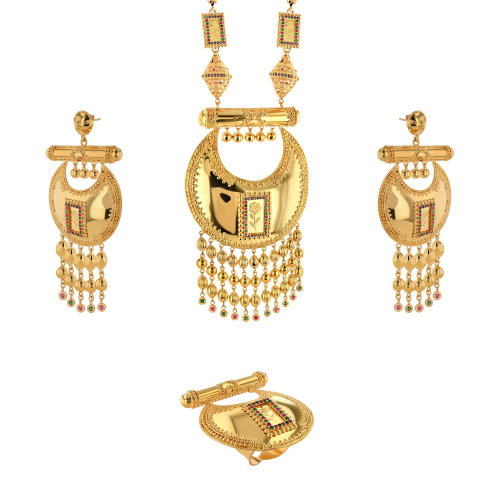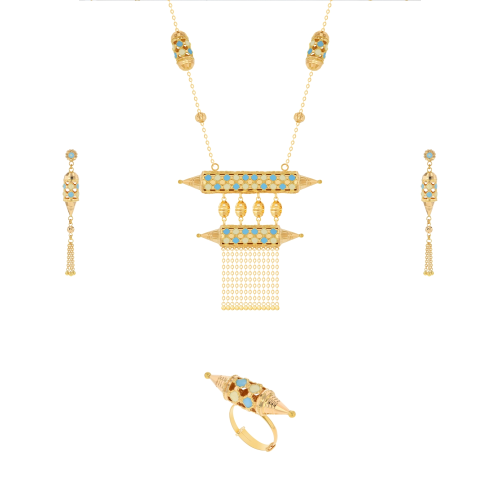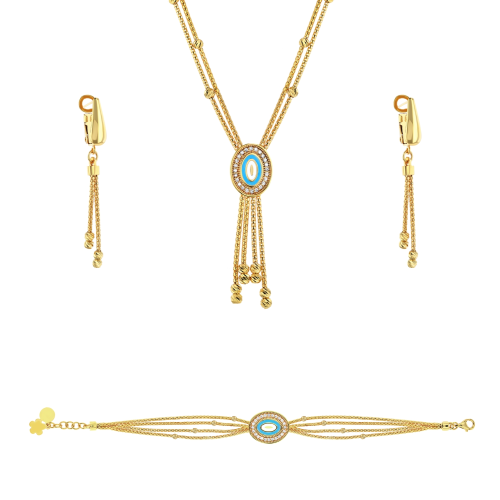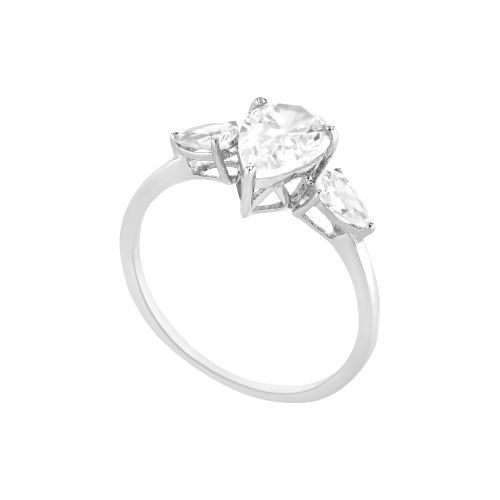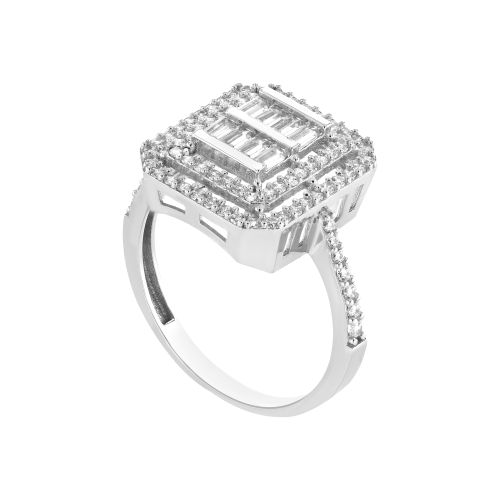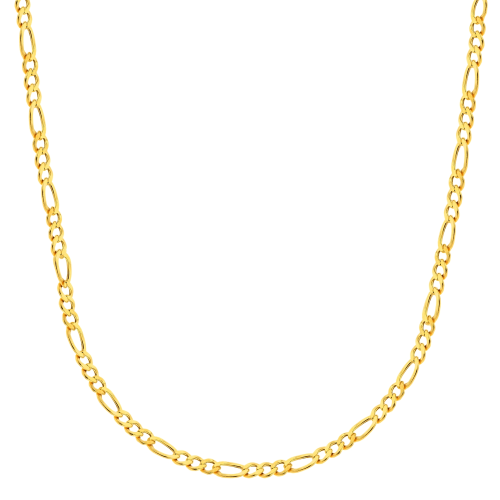Gold Coins with Errors: How Misprints Make Them More Valuable

In the world of numismatics, perfection is expected. Every coin that leaves a mint is meant to be flawless—pristine examples of a nation's currency and artistry. Yet occasionally, something extraordinary happens: mistakes occur, and these errors can transform an ordinary gold coin into a highly coveted treasure. While most manufacturing processes strive to eliminate errors, in the realm of coin collecting, mistakes can dramatically increase a coin's value and desirability.
The Paradox of Imperfection
Unlike most consumer goods where defects decrease value, minting errors often create numismatic treasures. The rarity principle drives this phenomenon—the scarcer an item, the more valuable it becomes. When errors slip through the mint's quality control, they create limited anomalies that collectors eagerly pursue.
Gold coins with errors are particularly valuable because gold coins are already produced in smaller quantities than their silver or base metal counterparts. Add a distinctive error to an already limited mintage, and you have a recipe for exceptional value.
Common Types of Gold Coin Errors
Die Errors
Die errors occur before a coin is struck. The die—a metal stamp used to impress the design onto blank coins—may develop cracks, be improperly prepared, or become damaged during production.
Double Dies: When a die is hubbed multiple times at slightly different angles, it creates a doubled image on the coin. The 1972 Double Die Obverse Lincoln cent is famous, but when this occurs on gold coins like American Eagles or Double Eagles, the premium can be substantial.
Die Cracks: As dies wear down, they may develop cracks that appear as raised lines on finished coins. Advanced die cracks on gold coins can add 30-100% to their value.
Repunched Mint Marks: Before 1990, mint marks were manually punched onto dies. Occasionally, mint workers would need to punch twice, creating overlapping mint marks. A repunched mint mark on a Saint-Gaudens Double Eagle might increase its value by 50-300%.
Strike Errors
Strike errors happen during the actual minting process when the coin is struck.
Off-Center Strikes: When a planchet isn't properly centered between the dies, only part of the design is impressed. Off-center gold coins are exceedingly rare, with 50% off-center examples commanding prices 10-20 times their normal value.
Multiple Strikes: Sometimes a coin fails to eject and receives additional impressions. A double-struck American Gold Eagle might sell for 5-10 times the price of a normal specimen.
Broadstrikes: When the collar that forms a coin's rim fails, the gold spreads out during striking, creating a wider, thinner coin without a defined rim. Broadstruck gold coins typically sell for 3-5 times their normal value.
Planchet Errors
Planchet errors involve problems with the blank metal disc before striking.
Wrong Planchet: Occasionally, a coin is struck on a planchet intended for another denomination or even another country. A Quarter Eagle struck on a dime planchet would be an extraordinary find worth tens of thousands above its metal value.
Clipped Planchet: When blanking dies punch out partially overlapping areas of metal strip, coins with missing sections result. Curved clip errors on gold coins can double or triple their value.
Lamination Errors: Impurities in gold can cause layers of metal to separate or peel. Though rare in gold coins due to the metal's purity, when they occur, they typically add 40-100% to the coin's value.
Historic Gold Error Coins and Their Values
The 1907 Wire Rim Saint-Gaudens Double Eagle
During the initial production of the iconic Saint-Gaudens Double Eagle, some coins were struck without a proper collar, creating a "wire rim" or fin around the edge. While not technically an error, these transitional pieces command premiums of 40-60% over standard specimens.
The 2007 "Godless" Presidential Dollar
Though not gold, this famous error occurred when edge lettering including "IN GOD WE TRUST" was omitted. Similar errors have occurred on gold commemorative issues with edge lettering, with missing text examples selling for 3-5 times normal value.
The 2000-W Library of Congress $10 Bimetallic Error
This commemorative featured a platinum center with a gold outer ring. A few examples exist where the center was mistakenly made of gold rather than platinum. These sell for upwards of $15,000, compared to the normal $1,500-2,000 value.
The Authentication Challenge
With error coins commanding such premiums, authentication becomes critical. Professional grading services like PCGS and NGC employ experts who can distinguish genuine errors from post-mint damage or alterations.
Some unscrupulous individuals attempt to create errors through mechanical means or chemical treatments. A trained eye can identify these fraudulent pieces by looking for tool marks, unnatural metal flow, or inconsistent wear patterns.
Collecting Gold Error Coins
For investors and collectors interested in error gold coins, consider these approaches:
- Focus on authenticated pieces: Only purchase error gold coins certified by major grading services.
- Study die varieties: Many collectors specialize in specific series, learning to identify die markers that distinguish valuable varieties.
- Consider overlooked categories: While dramatic errors get attention, more subtle varieties often provide better value and investment potential.
- Join numismatic organizations: Groups like the Combined Organizations of Numismatic Error Collectors of America (CONECA) provide education and networking opportunities.
- Examine modern issues: The U.S. Mint's high production speeds have led to interesting errors even on recent American Gold Eagles and Buffalo coins.
The Investment Outlook
Gold error coins offer a unique investment proposition: they combine the intrinsic value of precious metal with the collector premium of numismatic rarities. During economic uncertainty, they may outperform both bullion and common numismatic coins.
Unlike common gold bullion, which trades primarily on metal content, error coins have a collector base willing to pay substantial premiums regardless of gold's market price. This provides a buffer against market volatility.
However, error collecting requires specialized knowledge. Premiums for specific error types can fluctuate as collector interests evolve. What commands a substantial premium today might generate less excitement in future decades.
Gold coin errors represent fascinating intersections of history, artistry, and human imperfection. In a world increasingly dominated by automation and quality control, these numismatic anomalies remind us that even the most sophisticated manufacturing processes occasionally produce unintended results.
For collectors, these mistakes offer the chance to own truly unique pieces of monetary history. While most people associate value with perfection, numismatists know better—sometimes, it's the flaws that make a treasure truly priceless.
Whether you're an established collector or a newcomer to numismatics, gold error coins offer an intriguing specialty area worth exploring. Just remember that in this unique corner of collecting, mistakes are not only tolerated—they're treasured.

Our Promise
Fast shipping
Receive your jewelry in maximum 3 days.
Return guaranteed
Requesting a return is quick and easy.
Ethical Sourcing
Ethically Sourced Materials
Payments
Buy in the most convenient way for you.
